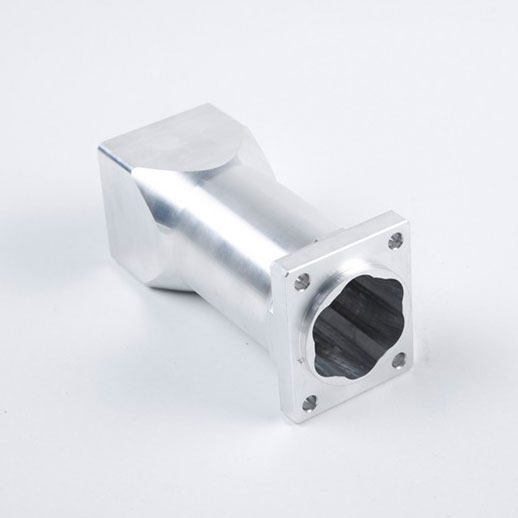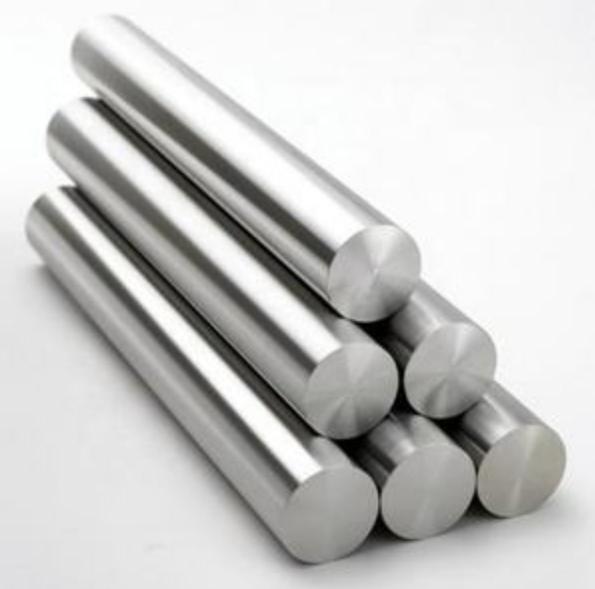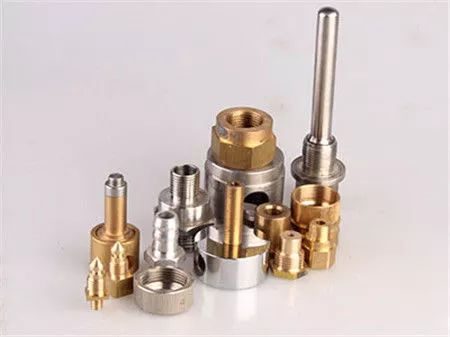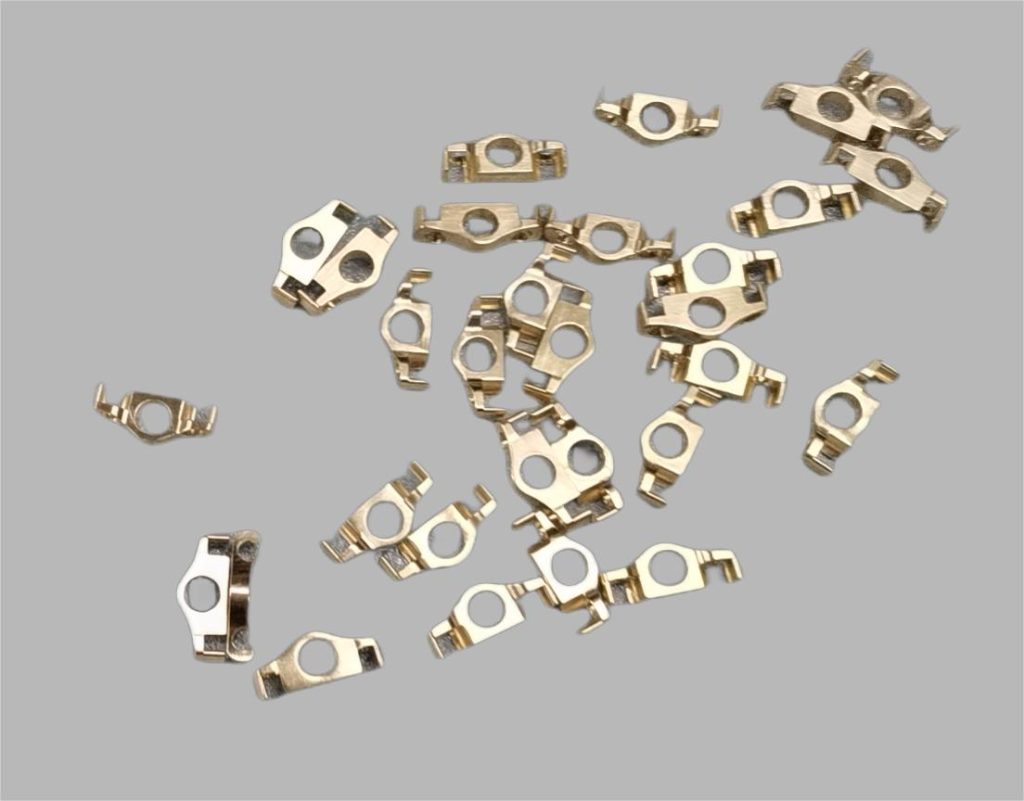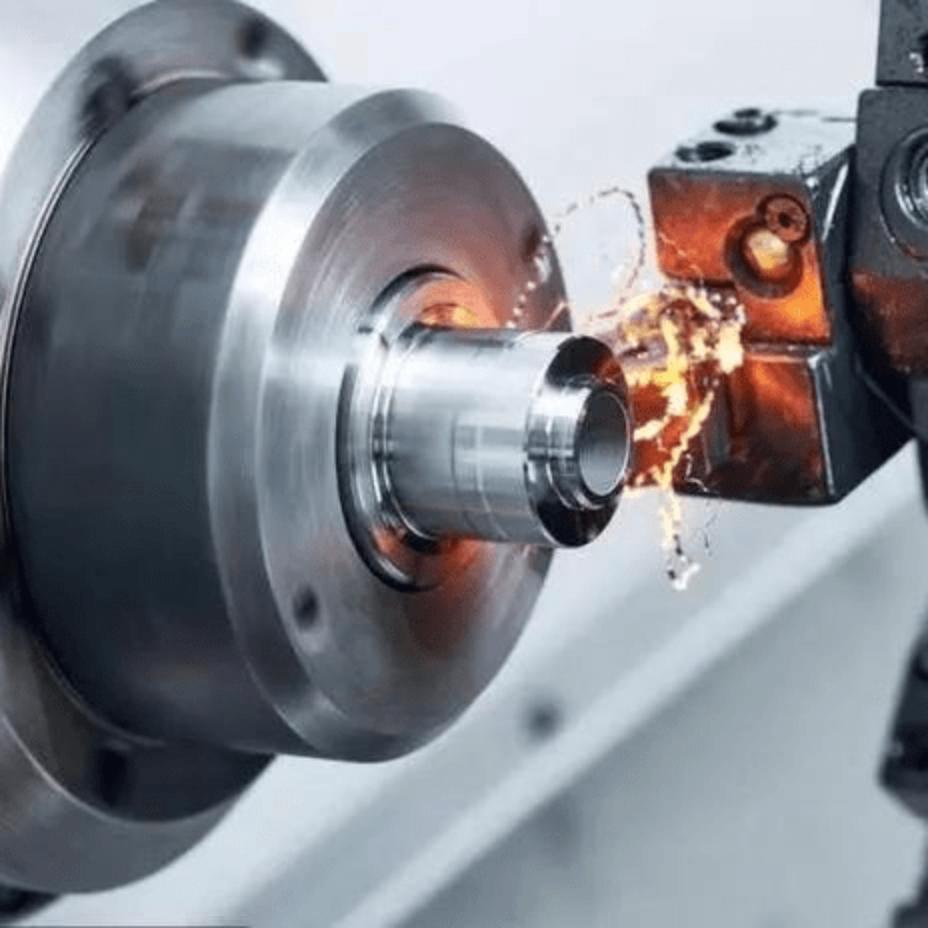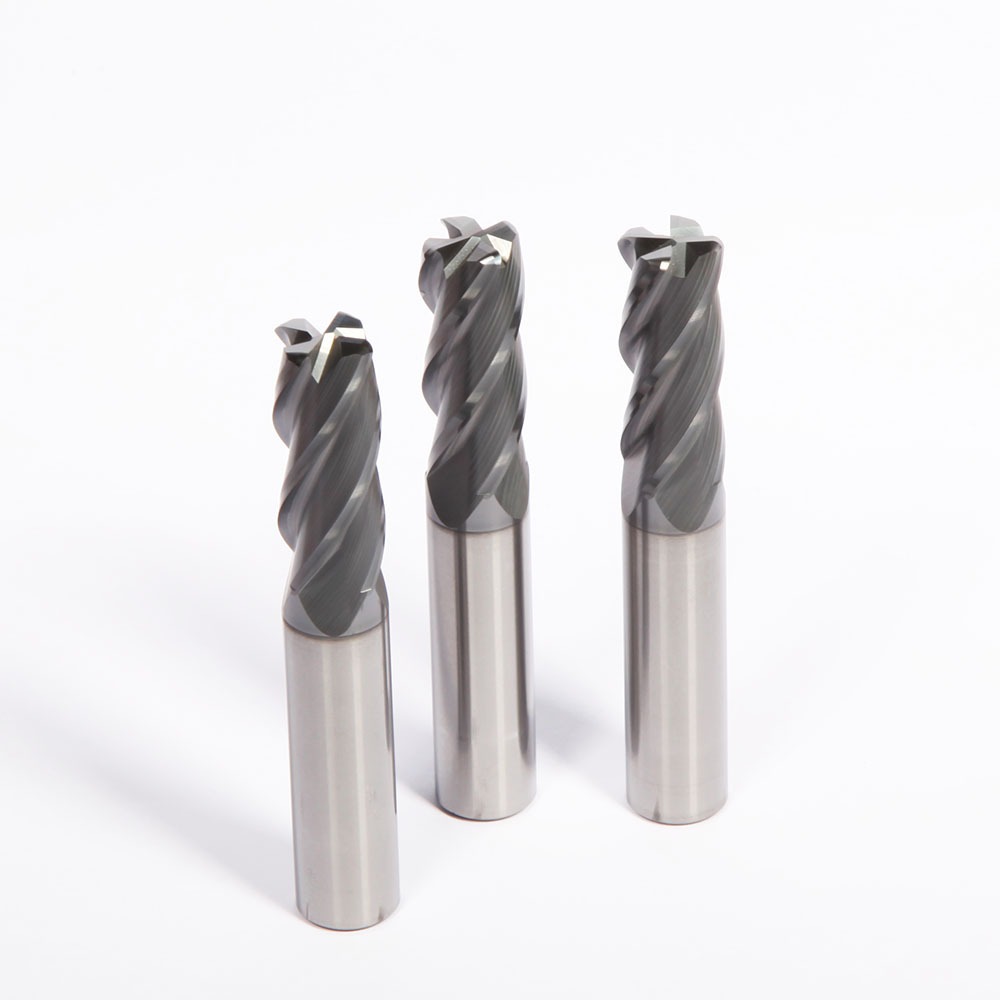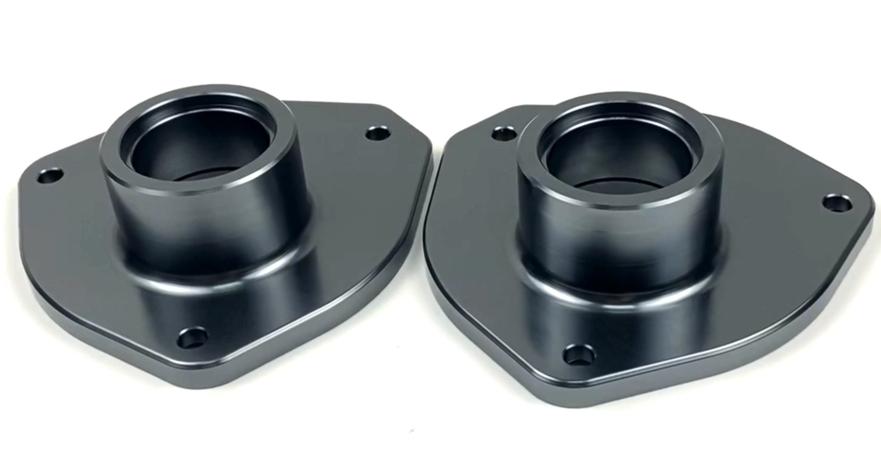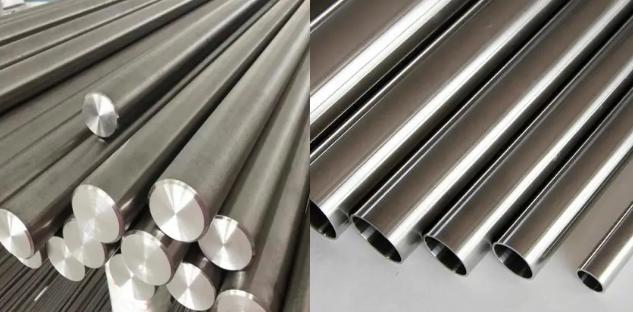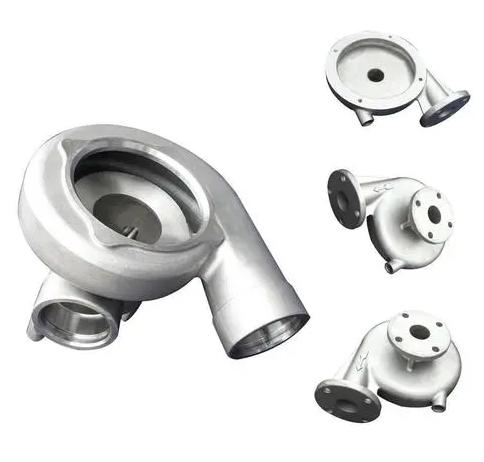CNC machining provides incredible versatility for producing precise and intricate metal parts. However, with this power comes the important decision of material selection. Steel, a popular material due to its strength and low cost, is available in a wide range of grades, each with distinct properties that have a significant impact on the machining process and results. This article explores the fascinating world of steel for CNC machining. We’ll look at how different steel grades affect machinability, what surface finishes can be achieved with different steels, and how to choose the best steel type for your next CNC project.
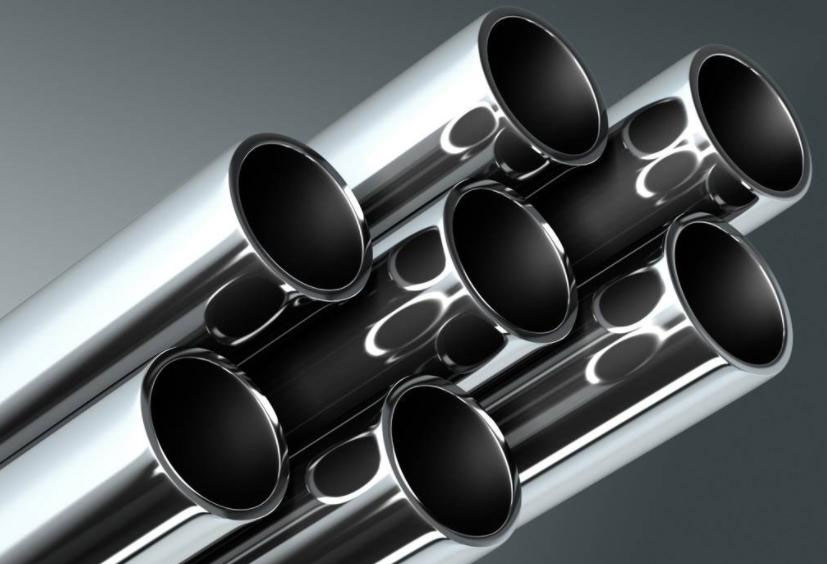
How Do Different Steel Grades Affect CNC Machining?
| Steel Grade | Carbon Content (%) | Manganese Content (%) | Sulfur Content (%) | Phosphorus Content (%) | Machinability | Applications |
| 1018 | 0.15-0.20 | 0.60-0.80 | 0.050 (max) | 0.040 (max) | Excellent | General-purpose steel for machine parts, gears, shafts, and spacers |
| 4130 | 0.28-0.33 | 0.50-0.80 | 0.050 (max) | 0.040 (max) | Good | Chrome-molybdenum steel for gears, shafts, and other high-strength parts |
| 4140 | 0.38-0.43 | 0.50-0.80 | 0.050 (max) | 0.040 (max) | Fair | Chrome-molybdenum steel for heat-treated parts requiring high strength and toughness |
| 4140 PH | 0.38-0.43 | 0.50-0.80 | 0.035 (max) | 0.035 (max) | Good | Pre-hardened and precipitation-hardened steel for high-strength applications |
| A36 | 0.25 | 0.60 | 0.040 (max) | 0.050 (max) | Excellent | Mild steel for structural applications, buildings, bridges, and tanks |
| 4340 | 0.27-0.33 | 0.50-0.80 | 0.035 (max) | 0.035 (max) | Fair | Nickel-chromium-molybdenum steel for heat-treated parts requiring high strength and toughness |
Steels with lower carbon content and higher manganese content are more machinable than those with higher carbon content and lower manganese content. Some heat-treated steels are more difficult to machine than annealed steels.
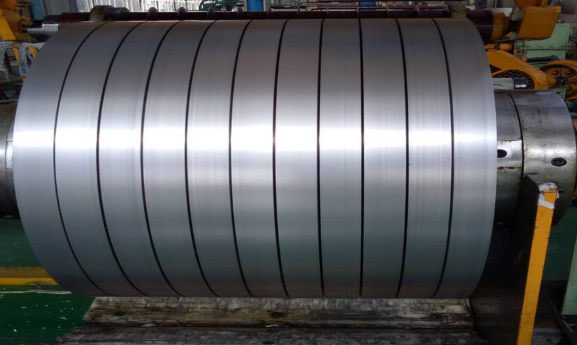
What Surface Finishes Can Be Achieved with Different Steels?
| Steel Grade | Achievable Surface Finish (Without Polishing) | Achievable Surface Finish (With Polishing) | Notes |
| 1018 | Smooth | Mirror | Due to its low carbon content, 1018 machines very well and can achieve a smooth surface finish as a starting point. With polishing techniques like buffing or grinding, a mirror finish is achievable. |
| 4130 | Smooth to Semi-Rough | High Gloss | 4130 may produce a slightly rougher surface than 1018. However, with polishing (e.g., buffing, sanding), a high-gloss finish can still be attained. |
| 4140 | Semi-Rough to Rough | Satin | 4140’s increased carbon content makes machining more challenging, resulting in a rougher initial finish. Polishing techniques can achieve a satin finish, but achieving a mirror finish might require significant effort. |
| 4140 PH | Smooth to Semi-Rough | High Gloss | Similar to 4130, 4140 PH can achieve a smooth to semi-rough finish. Polishing techniques like buffing allow for a high-gloss finish due to its good machinability. |
| A36 | Smooth to Matte | Satin | A36 machines well and achieves a smooth surface. Polishing techniques can achieve a satin finish, but its lower alloy content might limit achieving a true mirror finish. |
| 4340 | Semi-Rough to Rough | Matte | Similar to 4140, 4340’s properties make machining more difficult. Polishing techniques can achieve a matte finish, but a mirror finish is likely impractical due to the machining challenges. |
The finish that can be achieved through polishing is determined by the specific polishing method used and the amount of effort invested. Some steels, such as 4340, may require additional preparation steps before polishing due to their rougher initial finish.
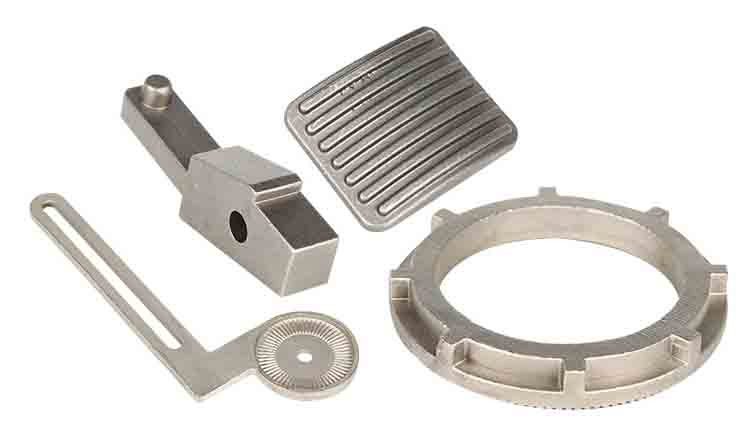
What Type of Steel Is Best for My CNC Project?
Selecting the best steel grade for your project depends on several key factors:
Factor 1: Strength Requirements
- Low Strength: If your project does not require high strength, steels such as A36 (mild steel) or 1018 (low carbon steel) are excellent options. They have good machinability and are reasonably priced.
- Medium Strength: For moderate strength requirements, consider 4130 chrome-molybdenum steel. It strikes an appropriate balance between machinability and strength.
- High Strength: When high strength is required, steels such as 4140 and 4340 become excellent choices. However, their increased strength comes with a trade-off in machinability. 4140 PH (pre-hardened) provides an excellent balance of strength and machinability.
Factor 2: Machinability
- Steels such as 1018, A36, and 4130 are ideal for easy machining. This results in faster production times and potentially lower machining costs.
Factor 3: Corrosion Resistance
- Some steels are more resistant to corrosion than others, despite not being inherently stainless. A36 has some weather resistance, but for projects that require high corrosion resistance, consider stainless steel options.
Factor 4: Heat Treatment
- Steels such as 4140, 4140 PH, and 4340 are ideal for heat treatment to achieve desired mechanical properties. These steels respond well to heat treatment, which increases strength and toughness.
Application Examples
- General purpose parts, gears, shafts: 1018, A36
- High-strength parts, gears, shafts: 4140, 4340
- Heat-treated parts requiring strength and toughness: 4140, 4140 PH, 4340
- Structural applications (buildings, bridges): A36
While this information serves as a general guide, it is best to consult with a CNC machining service provider. They can evaluate your specific project needs (strength, application, budget, etc.) and recommend the best steel grade for the best results. They can also advise on heat treatment requirements and the potential limitations of various steels.
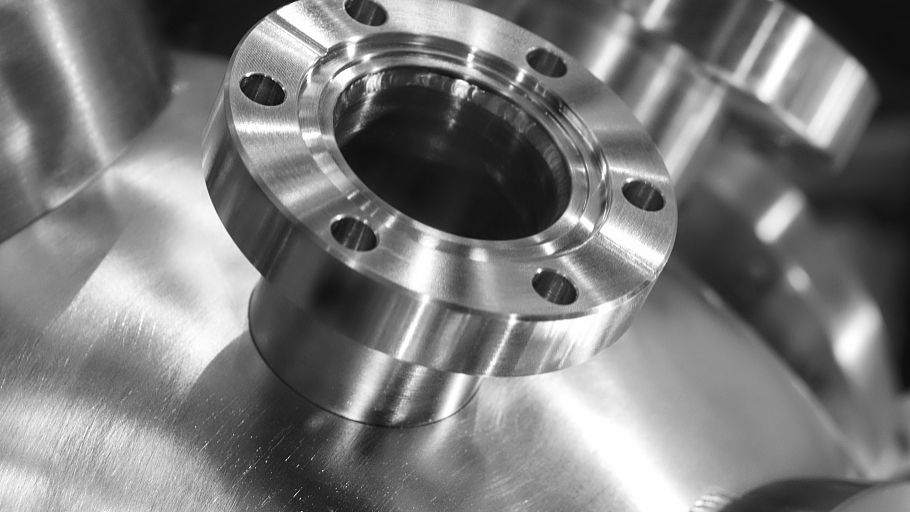
Conclusion
Choosing the appropriate steel grade for your CNC project is a strategic decision. Understanding how different steel grades affect machinability and achievable surface finishes will allow you to maximize the efficiency and aesthetics of your project. Remember that the ideal steel type balances desired strength, ease of machining, and cost-effectiveness. Consult with a reliable cnc machining service supplier. Their expertise can guide you through the world of steel grades, ensuring that you choose the best material to bring your vision to life. With the right steel on your side, your CNC project will be a huge success.


